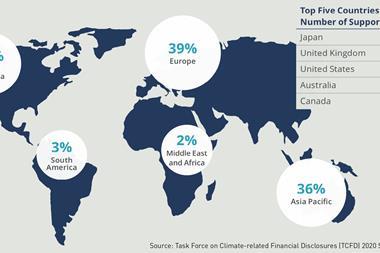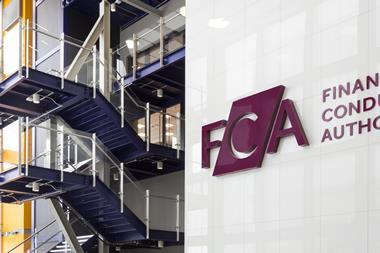Alternative investments – more specifically private market investments – have proven to remain resistant to shocks during periods of severe recessions and financial market turmoil, taking on the role of protecting institutional investors once played by bonds, according to a study conducted by the German association for alternative investments BAI.
The study has analysed the dot-com crisis in the period 2001-2003, the subprime mortgage and financial crisis in 2007-09 and the COVID-19 pandemic which is still ongoing.
Commodity Trade Advisors (CTSa) hedge funds strategies, for example, kept returns stable and achieved results that outperformed nearly all liquid and illiquid asset classes during the COVID-19 pandemic, when the MSCI World index slumped by a fifth, the study said.
The Eurekahedge CTA Index pointed at positive 0.61% cumulative returns during the early months of the pandemic in 2020, 4.7% during the subprime mortgage crisis in 2008 and 32.1% during the dot-com crisis, while the MSCI World index returned - 21.1%, -45.7% and 26.8%, during the respective periods.
The correlation between private equity real estate funds and private debt real estate funds is high and the trajectories of returns run in parallel in time of crisis, but drawdowns on real estate markets are not necessarily correlated with setbacks on equity markets, it said.
Data from Preqin and MSCI World Index indicate that returns on real estate markets were less impacted by the subprime and COVID-19 crises than returns on the equity market, although both were negative during those periods.
The results of the study also point to a “very high” correlation between private equity and market developments. Data show a positive and constant correlation between returns on the MSCI World Index and the private equity market.
Therefore private equity markets would experience downside phases during recessions. This happened for example during the dot-com crash and above all during the financial crisis, the study said, but not during the COVID-19 pandemic, when private equity managers achieved stable returns.
One of the reasons for stable returns is the high amount of dry powder in private equity, which rose from $674bn in 2009 to almost $1.6trn at the end of last year, giving managers room to maintain investments during the pandemic, it said.
Private debt – especially direct lending – is an established asset class achieving “consistent excess returns with moderate drawdowns”, particularly in times of crisis, compared with liquid debt instruments, the study added.
Infrastructure generated positive returns during the dot-com crash as a large part of the real economy remained immune from spill over effects, while the asset class was hit harder during the financial crisis and the global recession that followed, and during the COVID-19 crisis with global lockdowns and supply chain bottlenecks.
Based on EDHEC’s Index300 cumulative returns stood at -7.85% for infrastructure during the pandemoc, -28.5% during the subprime mortgage crisis, and 51.6% during the cot-com crash, against -14.29%, -42.58% and -25.5% of the MSCI World Index during the respective periods.
Insurance-linked securities (ILS), and in particular CAT bonds, also saw an uptake last year. According to Aon Securities, the outstanding ILS market volume was approximately $108bn at the end of the second quarter last year. The issuance of bonds protecting against catastrophes, CAT bonds, reached a record high at the end of 2020 worth $16.4bn.

























No comments yet